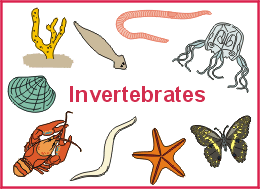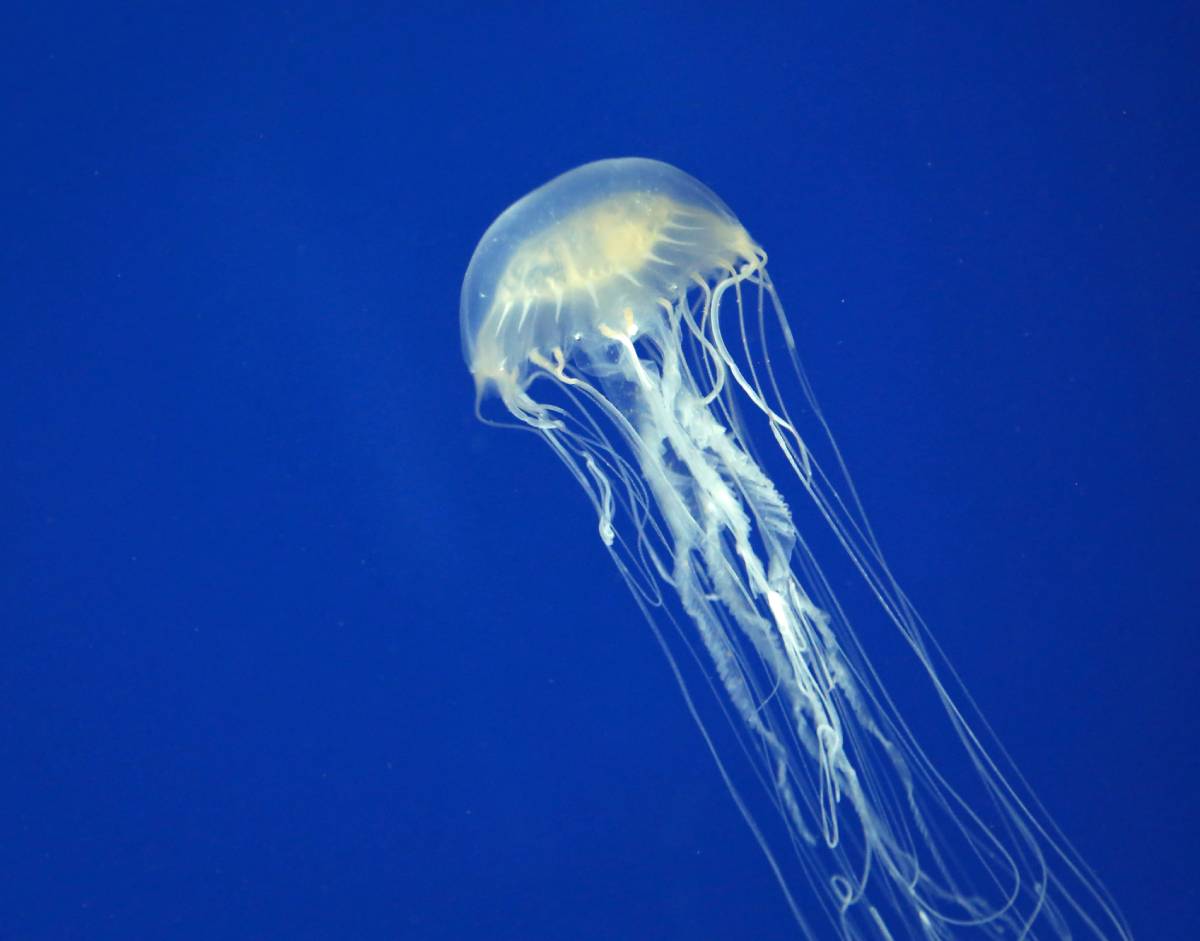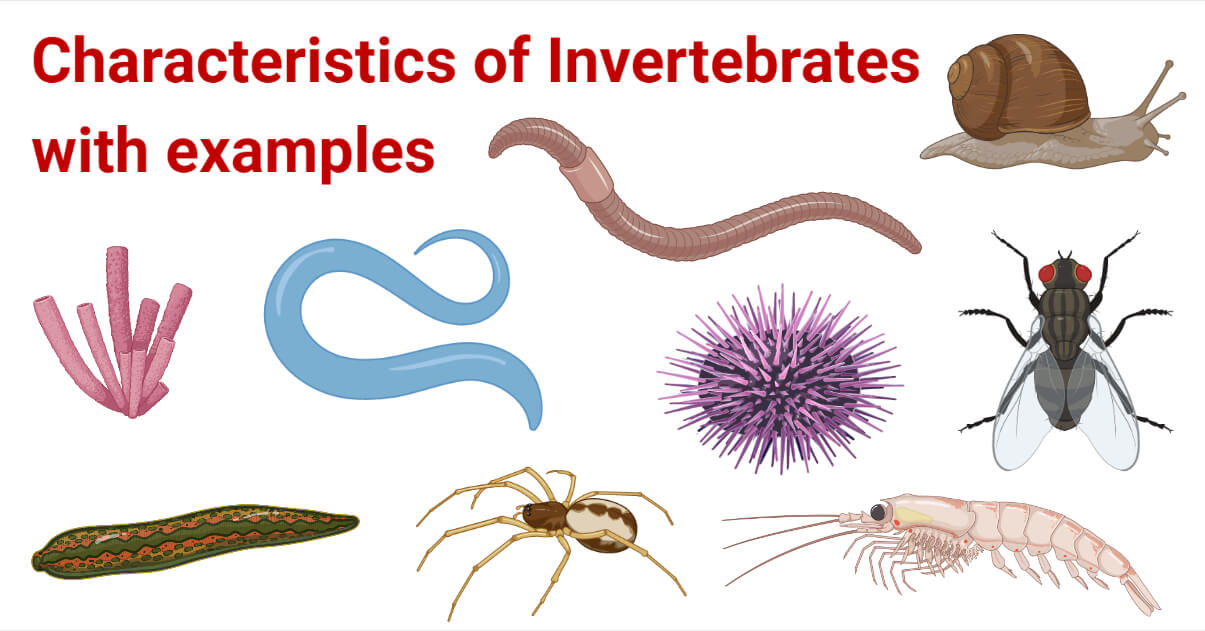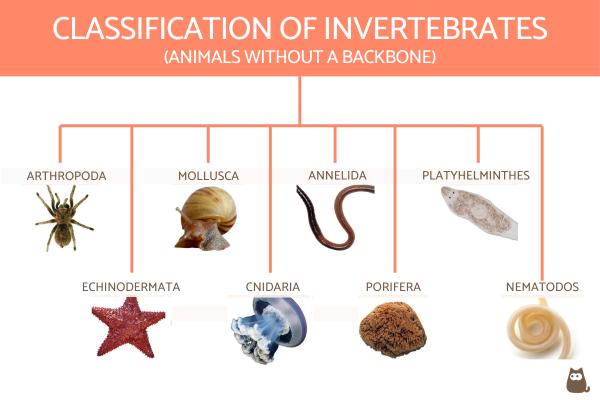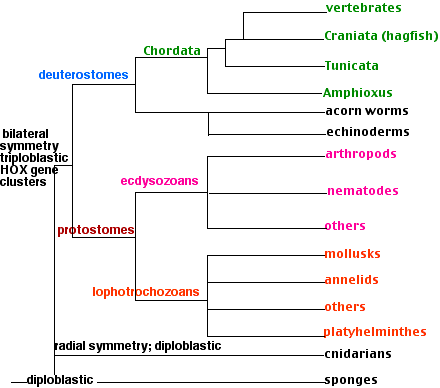Topic is turtle vertebrate or invertebrate: Embark on a fascinating journey to unravel the intriguing question: "Is Turtle Vertebrate or Invertebrate?" This exploration delves into the unique anatomy and evolutionary secrets of turtles, shedding light on their classification in the animal kingdom.
Table of Content
- Is a turtle a vertebrate or invertebrate?
- Understanding Turtles: An Overview
- Defining Vertebrates and Invertebrates
- Turtle Anatomy: Shell, Skeleton, and Organs
- The Evolutionary History of Turtles
- Turtles and the Animal Kingdom: Where Do They Fit?
- YOUTUBE: Vertebrate vs Invertebrate: Types of animals and the difference
- Unique Features of Turtles: Shell and Respiratory System
- Turtle Reproduction and Life Cycle
- Conservation Status: Threats to Turtle Populations
- Role of Turtles in Ecosystems and Human Culture
- Common Misconceptions About Turtles
- Scientific Classification of Turtles
- Importance of Classifying Living Organisms
Is a turtle a vertebrate or invertebrate?
A turtle is a vertebrate, as it belongs to the class of reptiles. All reptiles, including turtles, have a backbone or vertebral column, which makes them vertebrates.
Here are some reasons why turtles are classified as vertebrates:
- Turtles have a well-developed internal skeleton that includes a spinal column or backbone.
- They possess a distinct head, neck, and limbs, which are connected to their vertebral column.
- Turtles have a protective bony shell, which is also attached to their vertebral column.
- They possess other characteristic features of reptiles, such as scales, the ability to lay leathery or hard-shelled eggs, and being ectothermic (relying on external sources of heat to regulate their body temperature).
In conclusion, turtles are vertebrates due to their possession of a vertebral column and other characteristic reptilian features.
READ MORE:
Understanding Turtles: An Overview
Turtles, belonging to the order Testudines, are a fascinating group of reptiles that have captivated human interest through history. Found in a variety of habitats around the globe, turtles have evolved a unique anatomy to adapt to their environment, including a shell that acts as a protective shield for their body. This shell, an integral part of their skeleton, is fused to the spine and ribs, forming a rigid, protective structure. Turtles possess a backbone, classifying them as vertebrates, in contrast to invertebrates which lack such internal skeletal support.
- Turtles are found in diverse environments, from oceans to freshwater systems, and even on land. Each species has adapted uniquely to its specific habitat.
- The turtle shell, composed of a carapace (upper part) and a plastron (lower part), is a key feature in their anatomy, providing protection and support.
- Most turtles are known for their long lifespans, with some species living for over a century.
- Turtles have played significant roles in myths, folklore, and are a subject of interest in conservation due to many species being threatened or endangered.
The evolution of turtles is believed to date back over 200 million years, making them one of the oldest reptile groups. Their distinctive shell development is a remarkable aspect of their evolutionary history. Understanding turtles is not only about exploring their biological makeup but also recognizing their crucial role in ecological systems and the challenges they face in the modern world.

Defining Vertebrates and Invertebrates
The animal kingdom is broadly divided into two main groups: vertebrates and invertebrates. This classification is primarily based on the presence or absence of a vertebral column, commonly known as a backbone.
- Vertebrates: Animals that possess a vertebral column. This group includes five major classes: mammals, birds, reptiles, amphibians, and fishes. Vertebrates are characterized by their complex skeletal structure, highly developed nervous system, and various degrees of mobility.
- Invertebrates: Animals lacking a vertebral column. This group encompasses a diverse range of species including insects, arachnids, mollusks, crustaceans, and more. Invertebrates exhibit a wide array of body structures and occupy numerous ecological niches.
Understanding the differences between these two groups is crucial for studying biological diversity and evolution. Vertebrates, although fewer in number, are often more complex and larger in size, while invertebrates, making up the majority of animal species, showcase an astonishing variety of life forms.
- Skeletal Structure: Vertebrates have an internal skeleton with a spine, whereas invertebrates may have an exoskeleton, hydrostatic skeleton, or no skeleton at all.
- Nervous System: Vertebrates typically have a more developed central nervous system compared to the simpler systems found in invertebrates.
- Reproduction: Both vertebrates and invertebrates employ varied reproductive strategies, ranging from external to internal fertilization, and from asexual to sexual reproduction.
These fundamental differences reflect the incredible adaptability and evolutionary paths that have shaped the animal kingdom. Turtles, as part of the vertebrate group, share common features with other vertebrates while also exhibiting unique characteristics specific to their species.
Turtle Anatomy: Shell, Skeleton, and Organs
Turtles, belonging to the order Testudines, exhibit a unique anatomy adapted to their environment. Central to their distinctiveness is their shell, which not only serves as a protective barrier but also integrates with their internal skeleton.
- Shell Composition: The shell of a turtle is composed of two main parts - the carapace (upper shell) and the plastron (lower shell). These parts are made of bony structures and are an integral part of the turtle"s skeletal system.
- Spinal Structure: Turtles are vertebrates, possessing a spinal column. This backbone is fused to the shell, providing both support and protection.
- Skeletal System: Turtles have a unique skeletal system with eighteen presacral vertebrae, including eight cervical vertebrae. Their anatomy allows for a degree of flexibility, especially noticeable in the neck and tail regions.
- Organ System: Alongside their unique skeletal structure, turtles possess a complete set of organs, including a heart, lungs, and a digestive system.
The evolutionary history of turtles, tracing back over 200 million years, is reflected in their distinctive anatomy. Their shell, a marvel of nature, has evolved not just as a defensive mechanism but as a fundamental aspect of their skeletal framework, playing a crucial role in their overall physiology and survival.

The Evolutionary History of Turtles
Turtles, part of the Testudines order, have a rich evolutionary history that dates back to over 200 million years ago. Their journey through time showcases remarkable adaptations and survival in changing environments.
- Origins: Turtles are believed to have evolved from reptilian ancestors during the late Triassic period, adapting to a wide range of habitats on land and in water.
- Shell Evolution: The development of the turtle"s shell, a distinctive feature of the species, is a significant evolutionary adaptation. This shell provides protection and support and is unique among vertebrates in its structure.
- Diversity: Over time, turtles have diversified into numerous species, including sea turtles, freshwater turtles, and land-dwelling tortoises, each with specialized adaptations to their environments.
- Survival and Threats: Despite their successful adaptation over millions of years, many turtle species today face threats from habitat destruction, hunting, and environmental changes, leading to several species being endangered.
The evolutionary journey of turtles is a testament to their resilience and adaptability. Understanding their history not only provides insights into their biology and ecology but also underscores the importance of conservation efforts to protect these ancient creatures for future generations.
Turtles and the Animal Kingdom: Where Do They Fit?
Turtles, as members of the reptilian class, hold a unique place in the animal kingdom. They are an ancient group of vertebrates that have persisted through significant evolutionary changes.
- Classification: Turtles are classified under the order Testudines and belong to the class Reptilia, alongside snakes, lizards, and crocodiles. This classification is based on shared characteristics such as scaly skin and the laying of amniotic eggs.
- Anatomical Features: Turtles possess a well-developed backbone and a bony shell, known as the carapace, which is a key feature distinguishing them from other reptiles.
- Internal Organ System: Similar to other vertebrates, turtles have an internal organ system that includes the heart, lungs, digestive system, and kidneys, all housed within their body cavity.
- Diversity: Turtles exhibit a wide range of sizes and habitats, with species like the tiny Kemp"s Ridley to the massive leatherback sea turtle. They are found in various environments, from oceans to freshwater systems, and on land.
The unique evolutionary path of turtles, featuring the development of their hard shell and diverse adaptations, highlights their distinct place in the animal kingdom. As vertebrates, turtles share commonalities with other reptilian species while also possessing unique traits that make them an intriguing subject of study in zoology and conservation.

Vertebrate vs Invertebrate: Types of animals and the difference
\"Discover the mesmerizing world of turtles in our captivating video! Watch as these graceful creatures glide effortlessly through the water, showcasing their unique beauty and fascinating behaviors. Immerse yourself in their peaceful realm and be amazed by the wonders of the turtle kingdom!\"
Vertebrates and Invertebrates: Exploring the distinction
\"Achieve distinction and stand out from the crowd with our inspiring video! Learn invaluable tips and strategies from successful individuals who have made a notable impact in their respective fields. Uncover the secrets to reaching your full potential and be inspired to strive for distinction in everything you do. Don\'t miss out on this life-changing opportunity!\"
Unique Features of Turtles: Shell and Respiratory System
Turtles are known for their distinctive physical characteristics, notably their shell and unique respiratory system. These features are not only fascinating but also critical to their survival in diverse environments.
- Shell Structure: The turtle"s shell, comprising the carapace (upper shell) and the plastron (lower shell), is a crucial part of their anatomy. This bony structure is fused with the turtle"s spine and ribs, providing protection and structural support. Unlike other vertebrates, turtles have a unique skeletal arrangement where their ribs are expanded and fused to form the shell.
- Respiratory System: Turtles have a specialized respiratory system to adapt to their aquatic and terrestrial habitats. They breathe air through lungs, and some species can also absorb oxygen in water through their skin or cloaca. This ability allows them to stay submerged for extended periods while being efficient in oxygen absorption.
- Adaptation: The shell and respiratory system of turtles are key adaptations that have enabled them to thrive in various environments, from oceans to freshwater habitats and dry lands.
These unique features highlight the evolutionary adaptability of turtles and their distinct place within the reptile family. Understanding these characteristics sheds light on the fascinating biology of turtles and their role in diverse ecosystems.
Turtle Reproduction and Life Cycle
Turtles, as members of the reptile family, have a unique reproductive process and life cycle that are key to their survival and propagation in various ecosystems.
- Reproductive Process: Turtles are oviparous, meaning they lay eggs. Mating involves the male turtle mounting the female and transferring sperm to the female"s reproductive tract. After fertilization, female turtles lay their eggs in nests, typically in sandy soil or similar environments.
- Egg Development: Turtle eggs require an extended period to hatch, which can be several months depending on the species. This prolonged incubation is a contrast to many invertebrates whose eggs hatch relatively quickly.
- Hatchlings: Once the eggs hatch, young turtles, known as hatchlings, make their way to water. They are independent from birth and receive no parental care.
- Growth and Maturity: Turtles grow slowly and can take several years to reach sexual maturity. Their lifespan varies widely among species, with some capable of living over a century.
This reproductive cycle is crucial for the continuation of turtle species, many of which are facing threats from habitat destruction and environmental changes. Understanding their life cycle is essential for effective conservation efforts.

Conservation Status: Threats to Turtle Populations
Turtles, as ancient inhabitants of our planet, face numerous threats that have led to many species being endangered or at risk of extinction. Understanding these threats is crucial for their conservation and protection.
- Habitat Destruction: Development and environmental changes are destroying turtle habitats both on land and in the sea. Coastal development, pollution, and climate change significantly impact turtle nesting sites and feeding grounds.
- Bycatch in Fishing Nets: Sea turtles are often accidentally caught in fishing nets and gear, a threat particularly serious for marine turtle species.
- Hunting and Exploitation: Turtles have been hunted for their meat, shells, and in some cultures, for use in traditional medicine. This exploitation continues to be a threat to their populations.
- Climate Change: Changes in climate patterns affect turtle breeding and hatching, as temperature influences the sex of turtle hatchlings. Rising sea levels also threaten nesting beaches.
Conservation efforts are crucial to protect turtle species and their habitats. This includes legal protection, habitat conservation, reducing bycatch, and raising public awareness about the importance of turtles in our ecosystems.
Role of Turtles in Ecosystems and Human Culture
Turtles, with their distinctive characteristics and long evolutionary history, play significant roles in both natural ecosystems and human culture. Their importance spans ecological functions to symbolic representations in various cultures.
- Ecological Importance: Turtles contribute to the balance of marine and terrestrial ecosystems. As herbivores, species like green sea turtles aid in maintaining healthy seagrass beds, crucial for other marine life. In terrestrial habitats, turtles help in seed dispersal and maintaining healthy soil.
- Cultural Significance: Turtles have been revered in various cultures worldwide, often symbolizing longevity and stability. They appear in myths, folktales, and are also important in some traditional medicines.
- Threats and Conservation: Despite their importance, turtle populations are under threat due to habitat destruction, hunting, and bycatch in fishing nets. This has led to many species being endangered or threatened, highlighting the need for conservation efforts.
The role of turtles in ecosystems is pivotal, from maintaining ecological balance to serving as a vital link in food chains. Similarly, their influence in human culture is profound, underscoring the need to protect these ancient creatures for future generations.
Common Misconceptions About Turtles
Despite their popularity, there are several misconceptions about turtles that are widely believed. Understanding the truth about these creatures is essential for their appreciation and conservation.
- Misconception: Turtles are Cold-Blooded: Contrary to popular belief, not all turtles are cold-blooded. While many reptiles are ectothermic, some turtle species can maintain a constant internal temperature, challenging the traditional classification of cold-bloodedness.
- Misconception: Turtles are Born With Their Shells: It"s commonly believed that turtles are born with their shells. However, most turtles develop their shells during early development, and in some species, like sea turtles, the shells may not fully mature until adulthood.
- Misconception: Turtles Can Leave Their Shells: A widespread myth is that turtles can leave their shells. In reality, a turtle"s shell is a vital part of its anatomy, with the spine and ribs fused to the shell, making it impossible for them to leave it.
- Misconception: Turtles are Slow: While turtles are often stereotyped as slow-moving, many species are quite agile, especially in their aquatic environments.
By dispelling these myths, we can gain a deeper understanding of turtles and their unique characteristics, leading to better informed conservation efforts and a greater appreciation of these fascinating creatures.
Scientific Classification of Turtles
Turtles are fascinating creatures that have intrigued humans for centuries. A key aspect of understanding these animals lies in their scientific classification, particularly whether they are vertebrates or invertebrates. This classification plays a crucial role in understanding their anatomy, behavior, and place in the natural world.
Are Turtles Vertebrates or Invertebrates?
Turtles are classified as vertebrates. This classification is due to the presence of a backbone in their anatomy. Vertebrates are creatures that possess a spinal column, and in the case of turtles, their shell is an integral part of their skeleton, which includes the spine.
Understanding Turtle Anatomy
The turtle"s shell is a unique feature in the animal kingdom, composed of the carapace (the upper shell) and the plastron (the lower shell). These parts of the shell are attached to the turtle"s backbone and ribs, making the shell a living part of the turtle"s body, rather than a separate entity. This connection to the backbone is a clear indicator of their vertebrate status.
Classification in the Animal Kingdom
Turtles belong to the class Reptilia, sharing characteristics with other reptiles such as lizards, snakes, and crocodiles. Within this class, turtles are further classified into the order Testudines. This order encompasses all turtles, tortoises, and terrapins, regardless of their habitats or lifestyle variations.
Evolutionary Perspective
From an evolutionary standpoint, turtles are one of the oldest reptile groups, with a fossil record dating back to the time of the dinosaurs. Their vertebrate nature has been a consistent feature throughout their evolution, with their distinctive shell evolving as a form of protection and adaptation to various environments.
Importance of Classification
Understanding that turtles are vertebrates enriches our knowledge of these creatures and aids in their conservation efforts. Recognizing their place in the animal kingdom helps in understanding their ecological roles and the importance of their preservation in natural ecosystems.
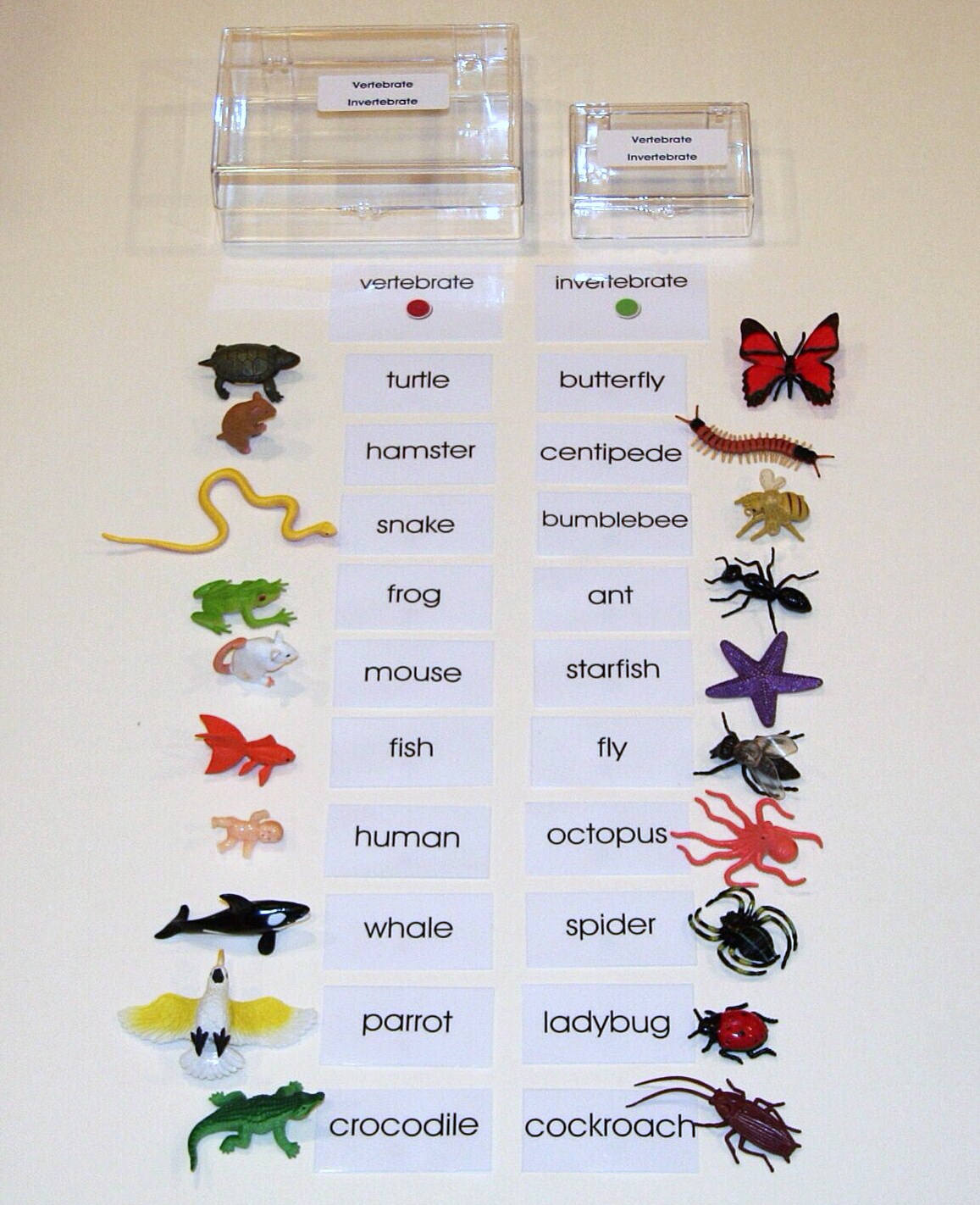
READ MORE:
Importance of Classifying Living Organisms
The science of classifying living organisms, known as taxonomy, is a fundamental aspect of biology and scientific study. It is not just an academic exercise but has practical significance in various fields of science and environmental management. Classification helps in organizing the vast diversity of life into a structured system, aiding in the understanding, study, and conservation of species.
Key Benefits of Classification
- Avoiding Confusion: With millions of species on our planet, classification helps in systematically naming and grouping organisms, reducing confusion and aiding in clear communication among scientists and researchers.
- Studying Evolution: Classification sheds light on the evolutionary relationships among different organisms, offering insights into their historical development and connections.
- Facilitating Research: By categorizing organisms, scientists can more effectively conduct research, focusing on specific groups and understanding their unique characteristics.
- Conservation Efforts: Understanding the classification of organisms is crucial for biodiversity conservation. It assists in identifying endangered species and prioritizing conservation efforts.
- Medical and Scientific Advancements: Classification is vital in fields like medicine and pharmacology, where understanding the differences and similarities among organisms can lead to discoveries of new medicines and treatments.
The Hierarchical System of Classification
Biological classification organizes organisms into a hierarchy of categories, from broad to specific. This system includes various levels such as Kingdom, Phylum, Class, Order, Family, Genus, and Species. Each level represents a significant step in understanding the complexity and diversity of life forms.
Binomial Nomenclature: A Universal Naming System
Developed by Carl Linnaeus, binomial nomenclature is a globally recognized system for naming organisms. It assigns each species a unique two-part name, combining its genus and a specific epithet, which helps in distinguishing one organism from another universally.
Role in Understanding Biodiversity
Classification is essential in understanding and appreciating the vast biodiversity of our planet. It helps in studying the ecological roles of different species and their interactions within ecosystems, which is crucial for maintaining ecological balance and supporting life on Earth.
Delve into the intriguing world of turtles, vertebrate creatures with unique shells and fascinating biology. Discover their classification, evolutionary history, and ecological significance in our comprehensive exploration of these remarkable reptiles.




